How to Protect Marine Wildlife
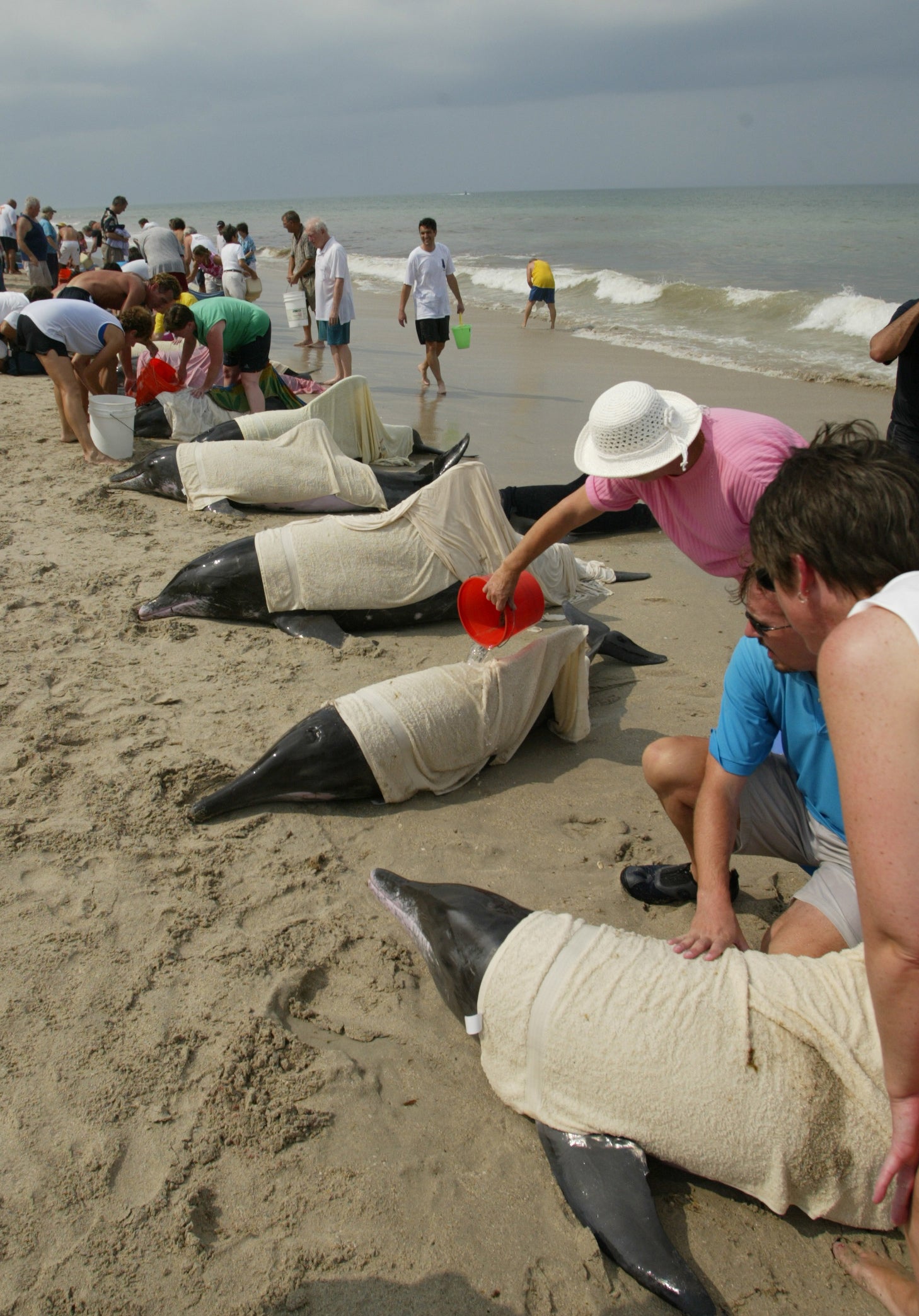
As sentinels of ocean and human health, dolphins, whales, manatees, and seabirds are all early warning indicators for the impacts of climate change, and new emerging infectious diseases. As indicator species, these charismatic marine megafauna provide critical data for resource managers charged with protecting vital natural resources throughout coastal regions in the United States.
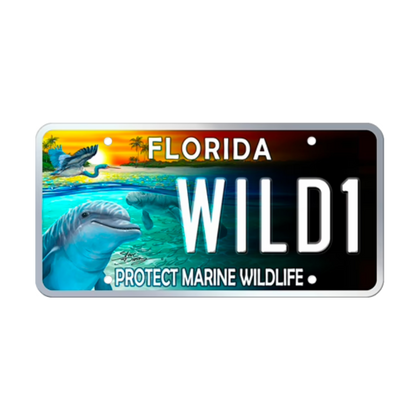
Florida
Order your Protect Marine Wildlife specialty plate online with the Indian River Tax Collector’s office to help support programs that focus on Florida's threatened and protected marine wildlife species.
Exclusive only to Florida vehicle-owners.
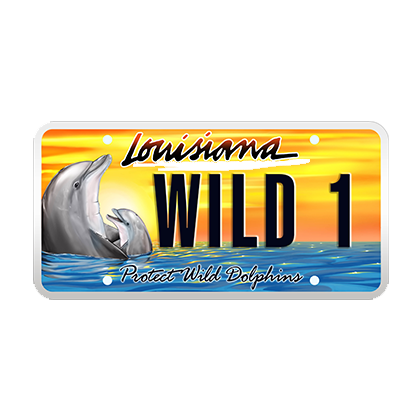
Louisiana
Protect Wild Dolphins special prestige license plates. The monies received are used solely for the support of scientific research, conservation, and educational programs that serve to restore and protect the ocean environment and freshwater systems and to protect wild dolphins.
Limited only to Louisiana vehicle-owners.
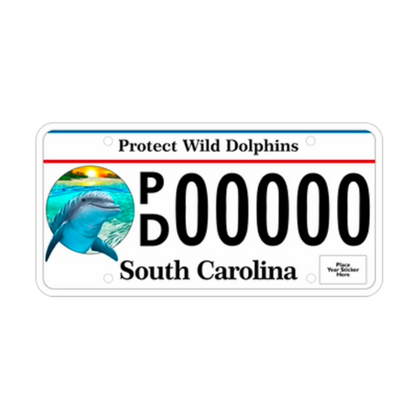
South Carolina
Proceeds from the plate are used to provide research, conservation, and educational programs to protect wild dolphins. The cost for the plate is $60 every two years in addition to the regular registration fees.
Exclusive only to vehicle-owners in South Carolina.
More than one-third of the world's marine mammals are threatened with extinction.
Marine mammals act as sentinels of changes in the ocean environment that could impact human health. The stranding networks throughout Florida and other states play a crucial part in protecting marine wildlife and facilitating ground-breaking research, without which many scientific breakthroughs would not have occurred
According to the International Union for Conservation of Nature's Red List, 72 marine animal species are critically endangered, meaning they face an extremely high risk of extinction. Click here to see the list.
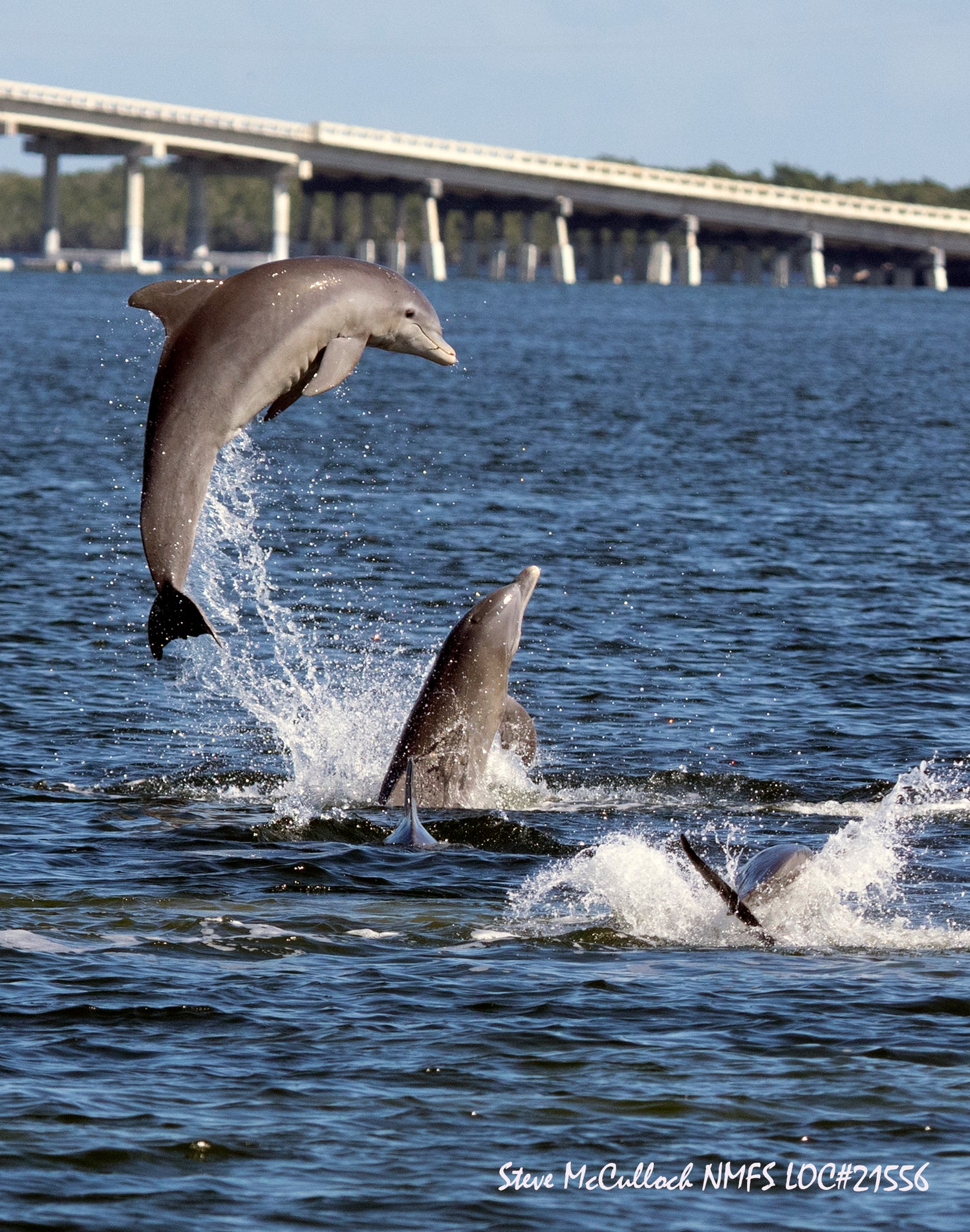
Dolphins
There are 32 species of dolphins that inhabit our oceans. The best known, are bottlenose dolphins (Tursiops truncatus), and the largest is the Killer Whale (Orcinus orca). As apex predators, dolphins are useful bio-indicators of the health and status of the marine environment. Gaining a better understanding of dolphin populations in coastal and offshore waters, especially habitat utilization, is crucial to protecting cetacean species and making conservation and management decisions for Marine Protected Areas.
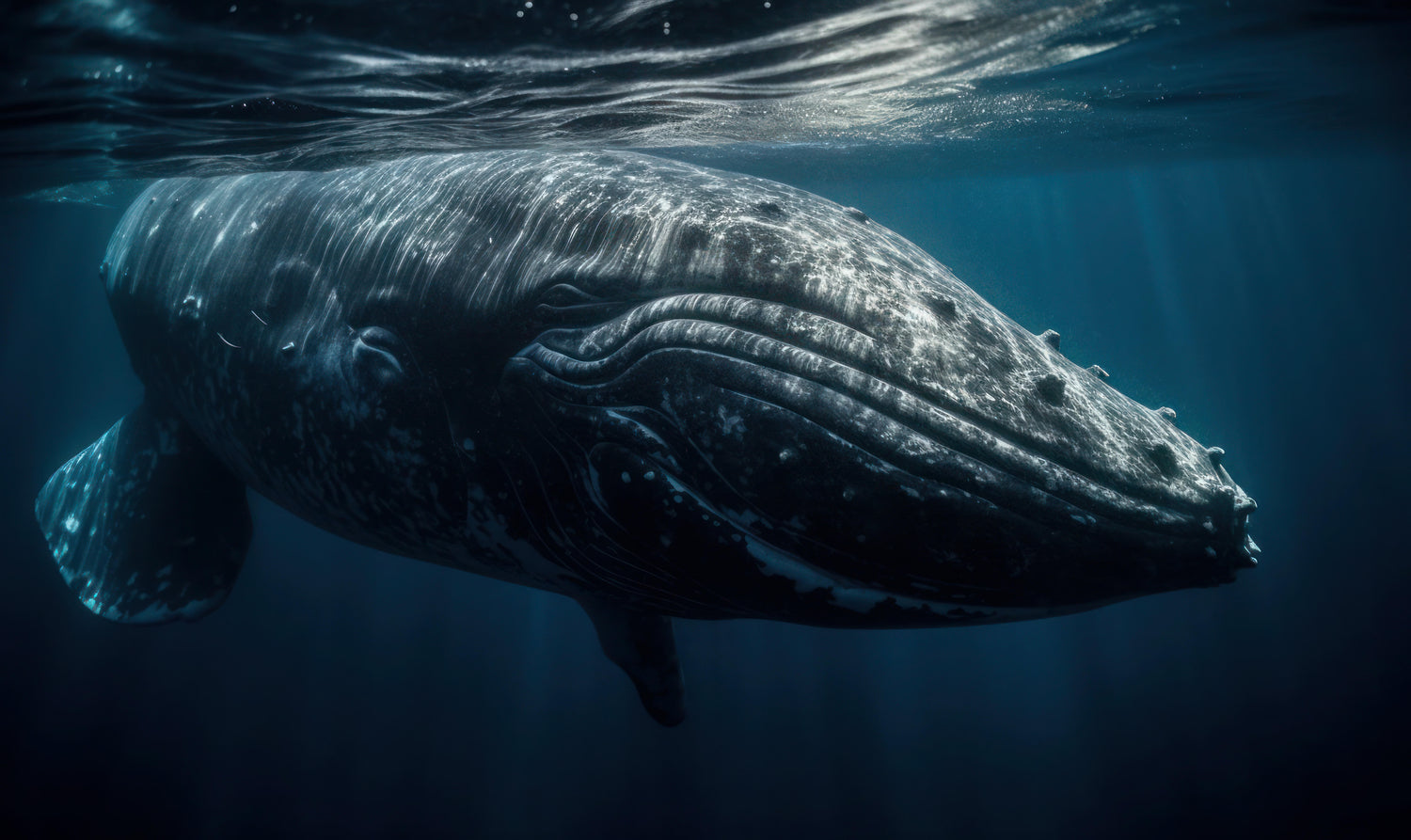
Whales
Around the world, there are 90 species of whales, scientifically known as cetaceans. From the largest whale to the unicorn of the sea, each has distinctive features. Whales are classified into two different whale family subsets, baleen whales and toothed whales. Critically endangered right whales typically migrate from the North Atlantic off of New England and Canada — where they feed and breed— to the warmer coastal waters off Georgia and Florida to give birth. The species were nearly hunted to extinction, and scientists think fewer than 350 individuals remain. Dangers for whales include getting entangled in commercial fishing gear and ship strikes.
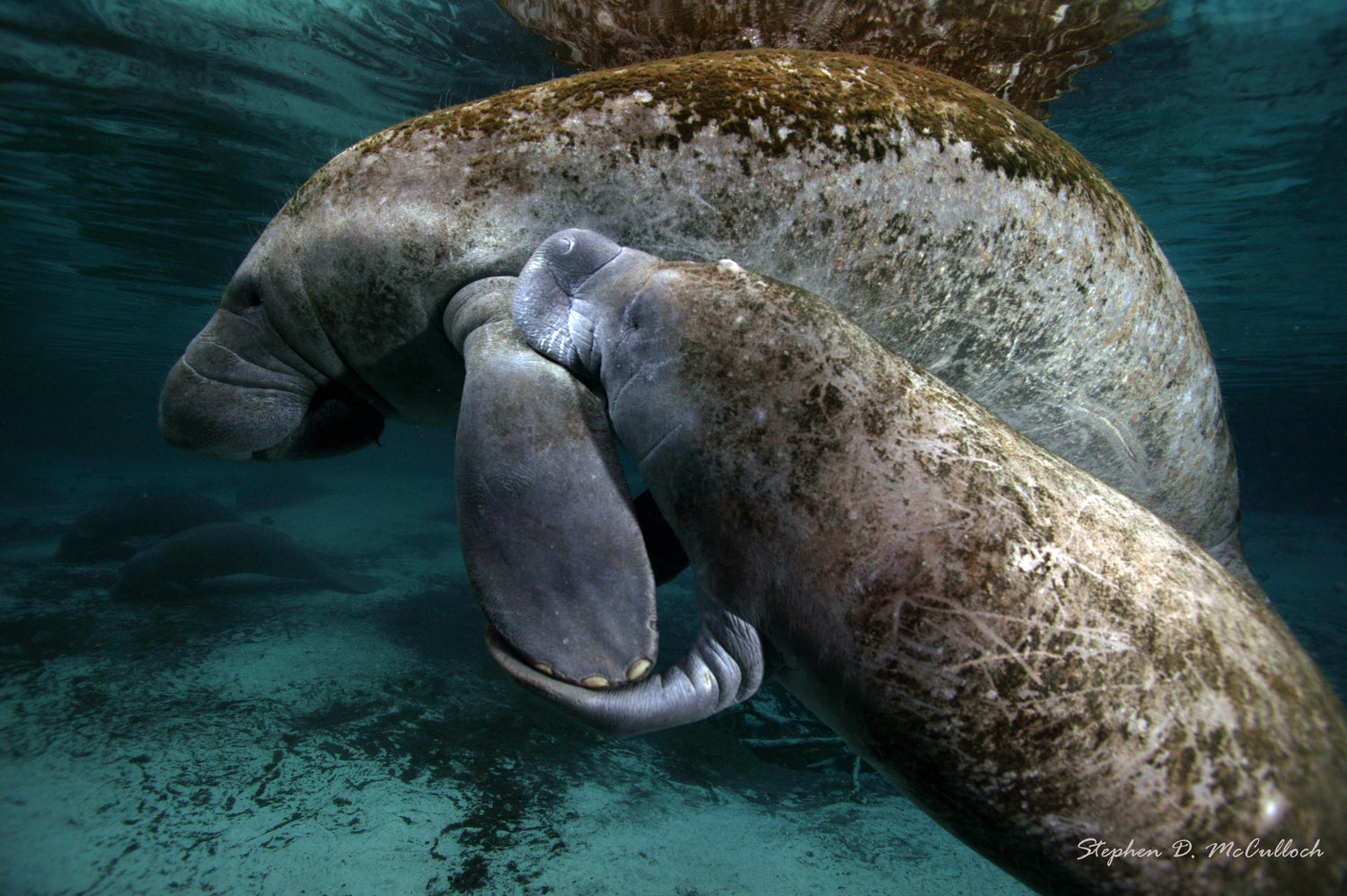
Manatees
Manatees are herbivores and eat over 60 different freshwater and saltwater plants. They inhabit shallow, coastal areas, rivers, and springs throughout Florida. As a migratory species, manatees concentrated in Florida during the winter, and can be found as far west as Texas and as far north as Massachusetts during months, although summer sightings in Alabama, Georgia and South Carolina are more common. The main causes of death for manatees are habitat destruction, entanglement in fishing gear and collisions with propeller-driven boats. Natural causes of death include adverse temperatures, predation by crocodiles on young, and disease.
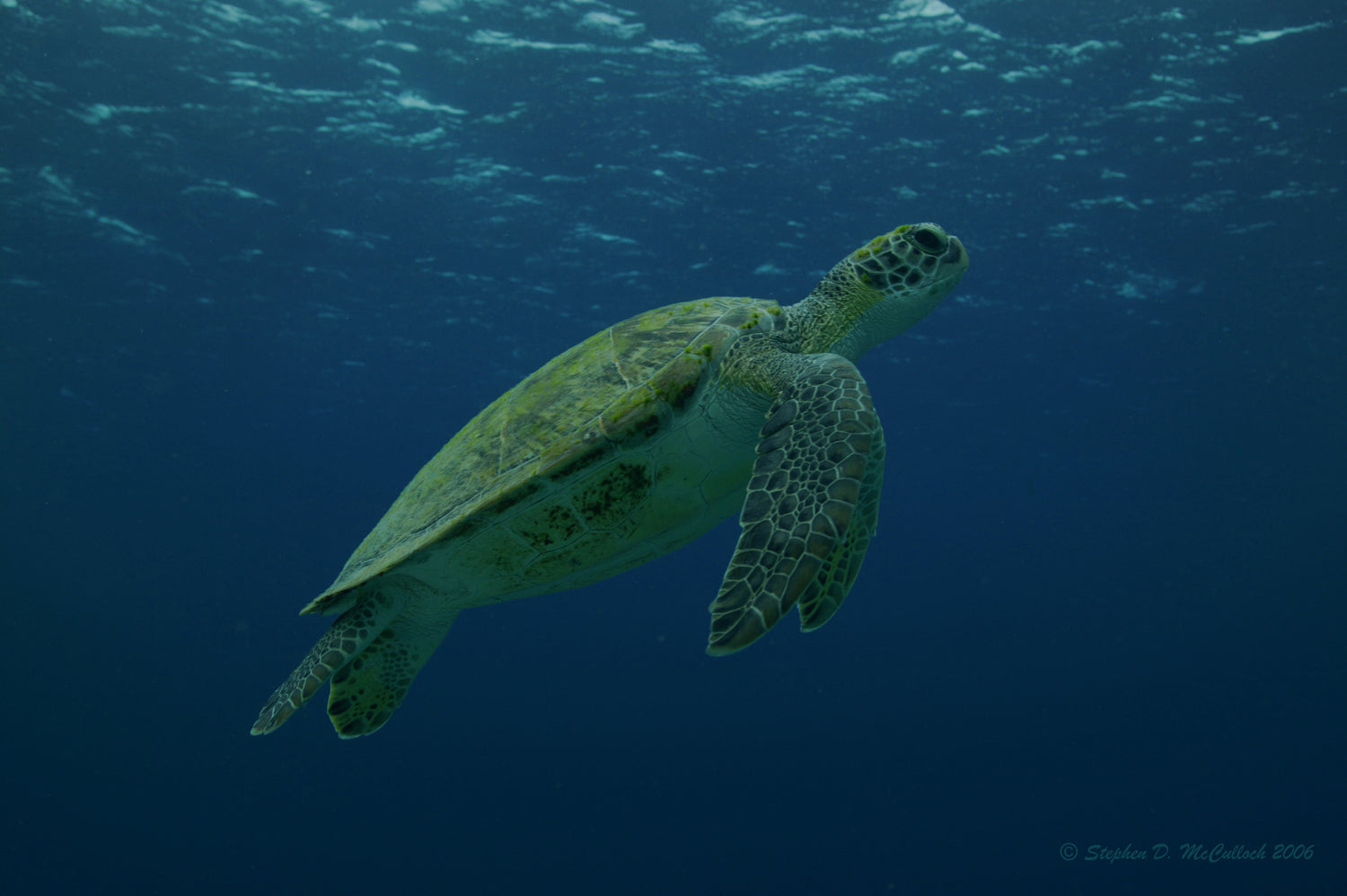
SEA TURTLES
Seven different species of sea turtles inhabit our ocean waters. While these highly migratory species periodically come ashore to either bask or nest, sea turtles spend most of their lives in the ocean. Nearly all species of sea turtles are now classified as endangered, with three of the seven existing species being critically endangered. Threats facing sea turtles include illegal poaching, habitat loss, entanglement in fishing gear, ingestion of debris, and climate change.
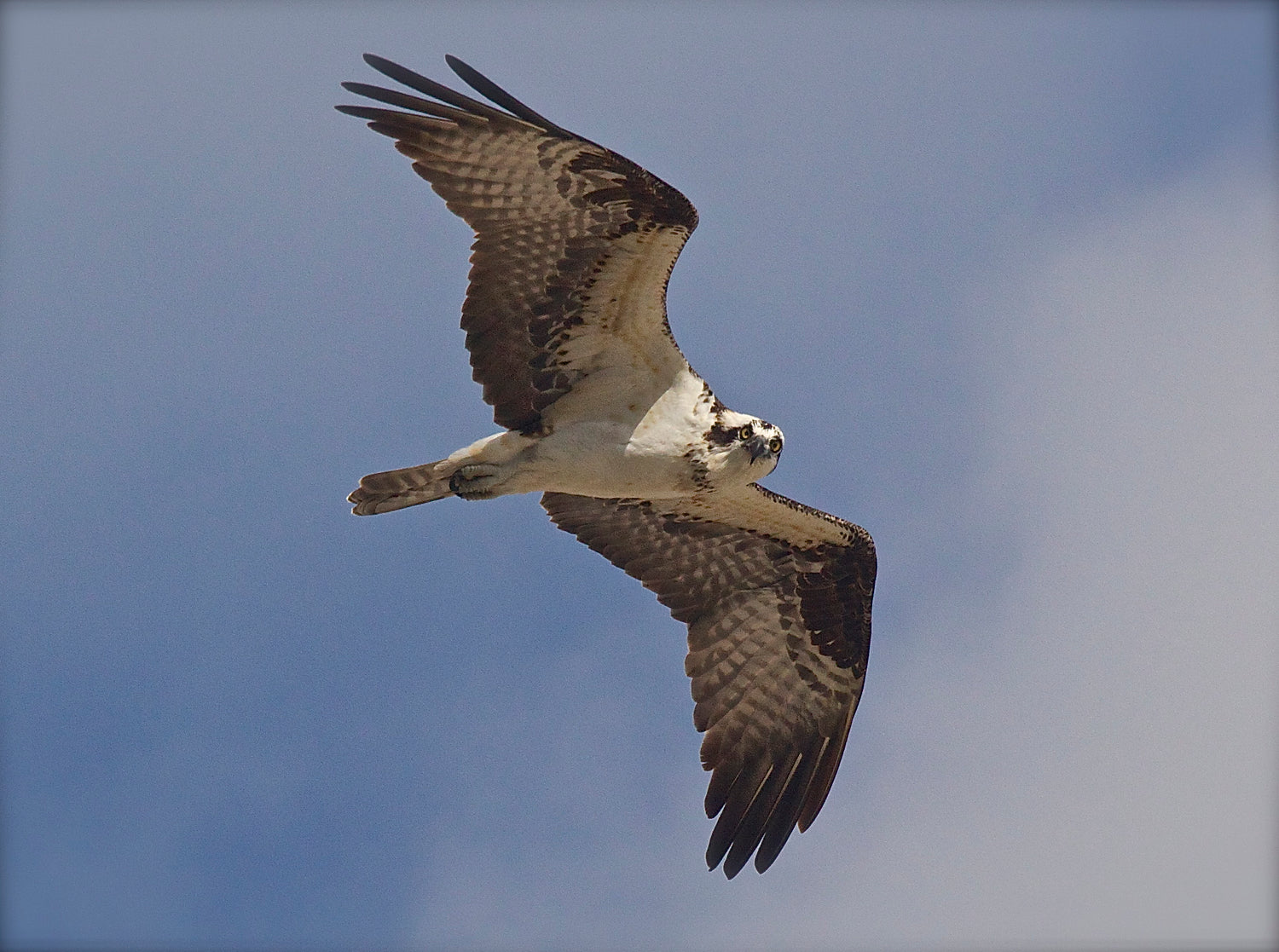
SEABIRDS
You can find Florida’s beautiful seabirds on any beach or shoreline, or in and around mangrove trees, seawalls, and piers. Mornings and evenings are good times to watch birds, since they are most active during those times. In Florida, many of our seabirds are migratory and can be seen in greater abundance during fall and winter migration.
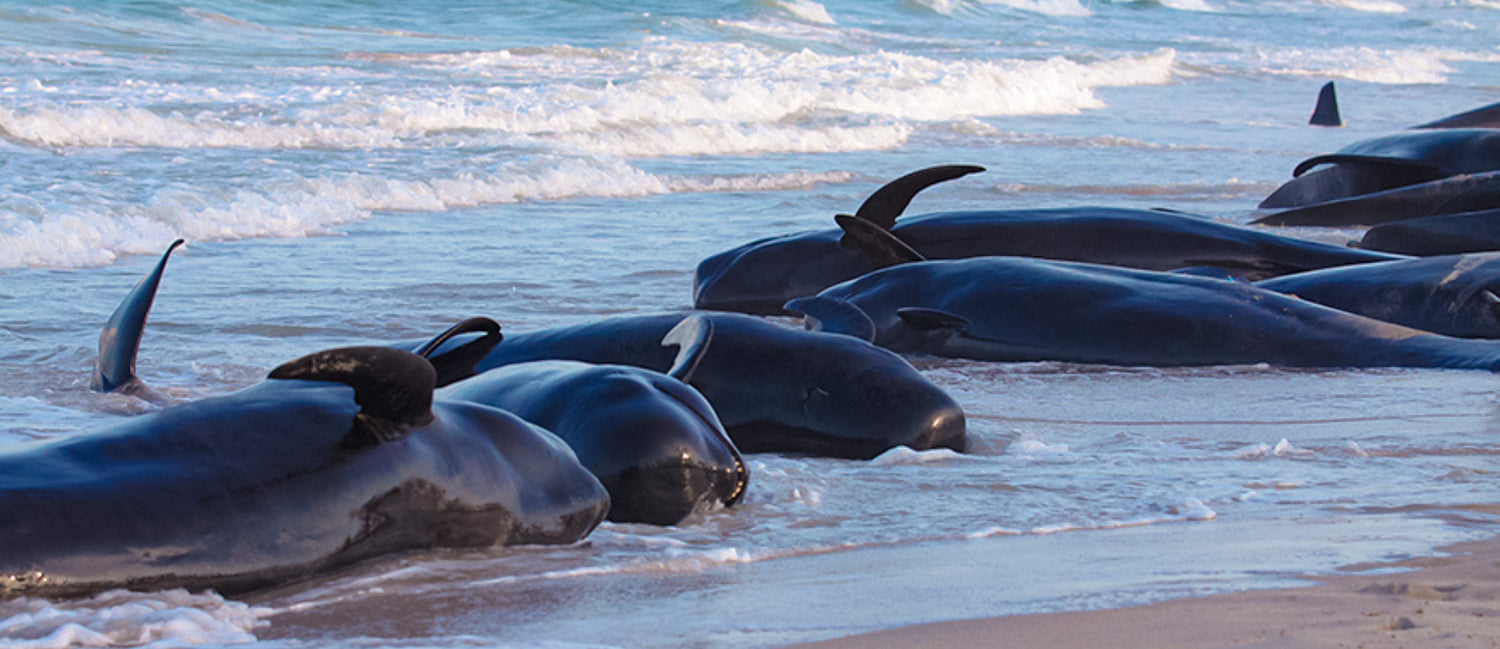
Marine Mammal Health and Stranding Response Programs
Strandings provide scientists and managers with important information on the biology, health, and life history of marine mammals and, in turn, the health of our marine ecosystems. For scientists, each stranding event is a treasure trove of scientific information that represents an opportunity to collect data that would otherwise be unobtainable. Stranding investigations can help determine the cause of death and document parameters of life history. In fact, some marine mammal species are known only from stranded animals.
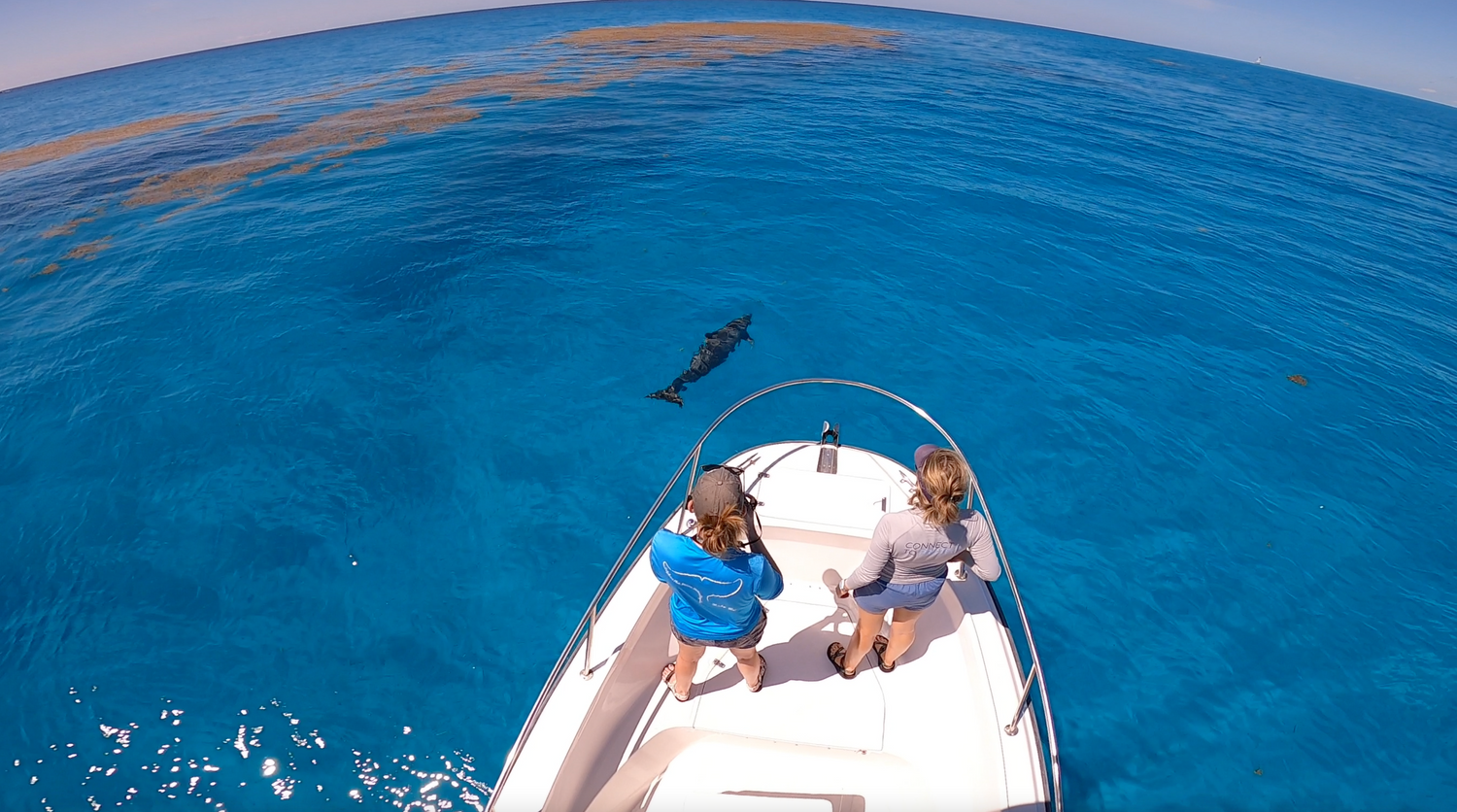
Population and Behavioral Ecology Programs
Much like humans can be individually identified by their fingerprints, dolphins can be individually identified by their unique dorsal fin shapes, nicks, and scars, Boat based surveys work to collect photo-identification images of individual dolphins, along with behavioral descriptions and environmental data that in turn provide management yield. Photos and videos of individuals also help to identify threats posed from disease, entanglements and increasing human interactions. Photo-ID activities require special authorization from the NOAA Fisheries, Office of Protected Resources. Otherwise, boaters are encouraged not to feed an to view dolphins from a safe distance of at least 50 yards

